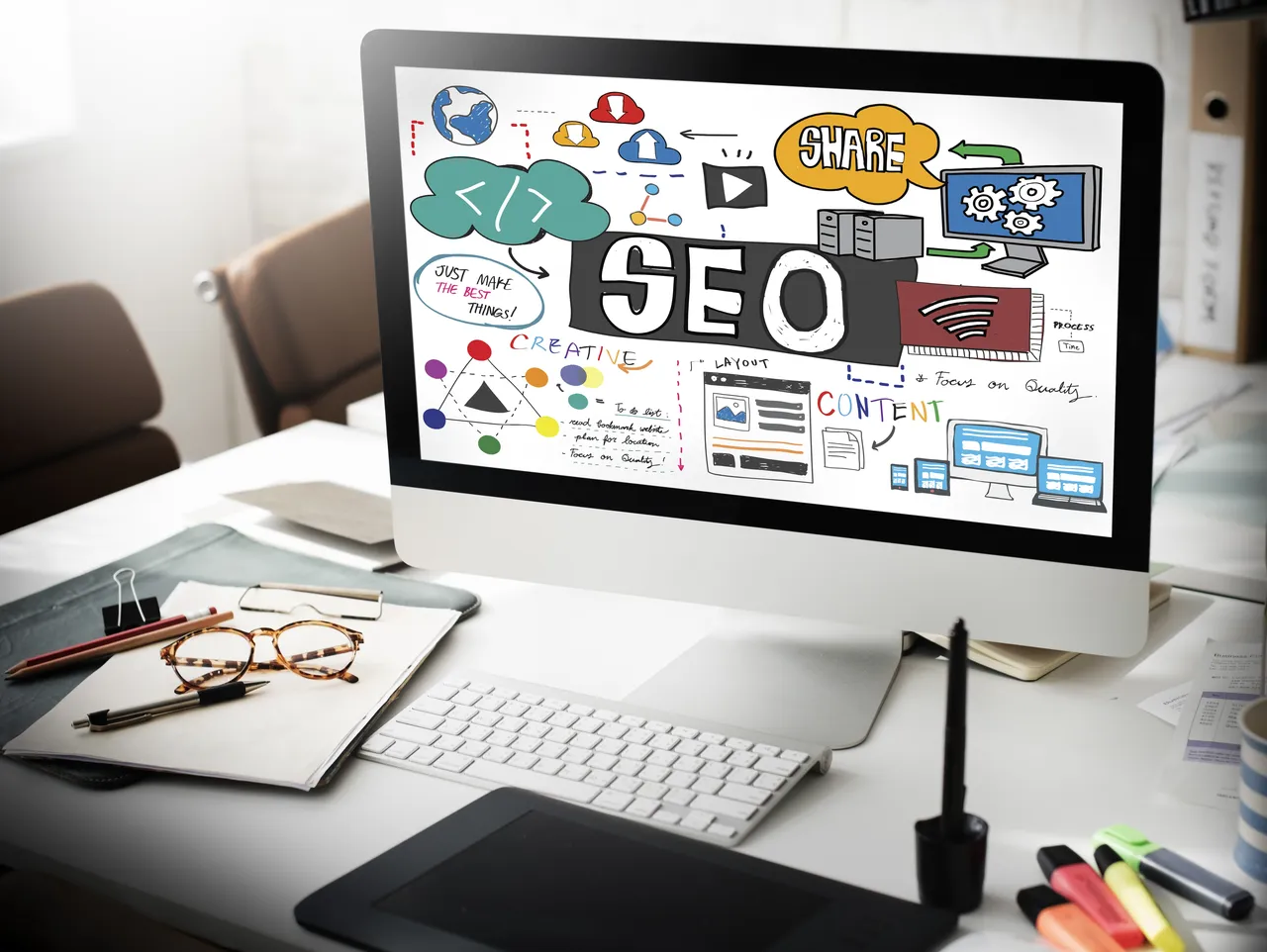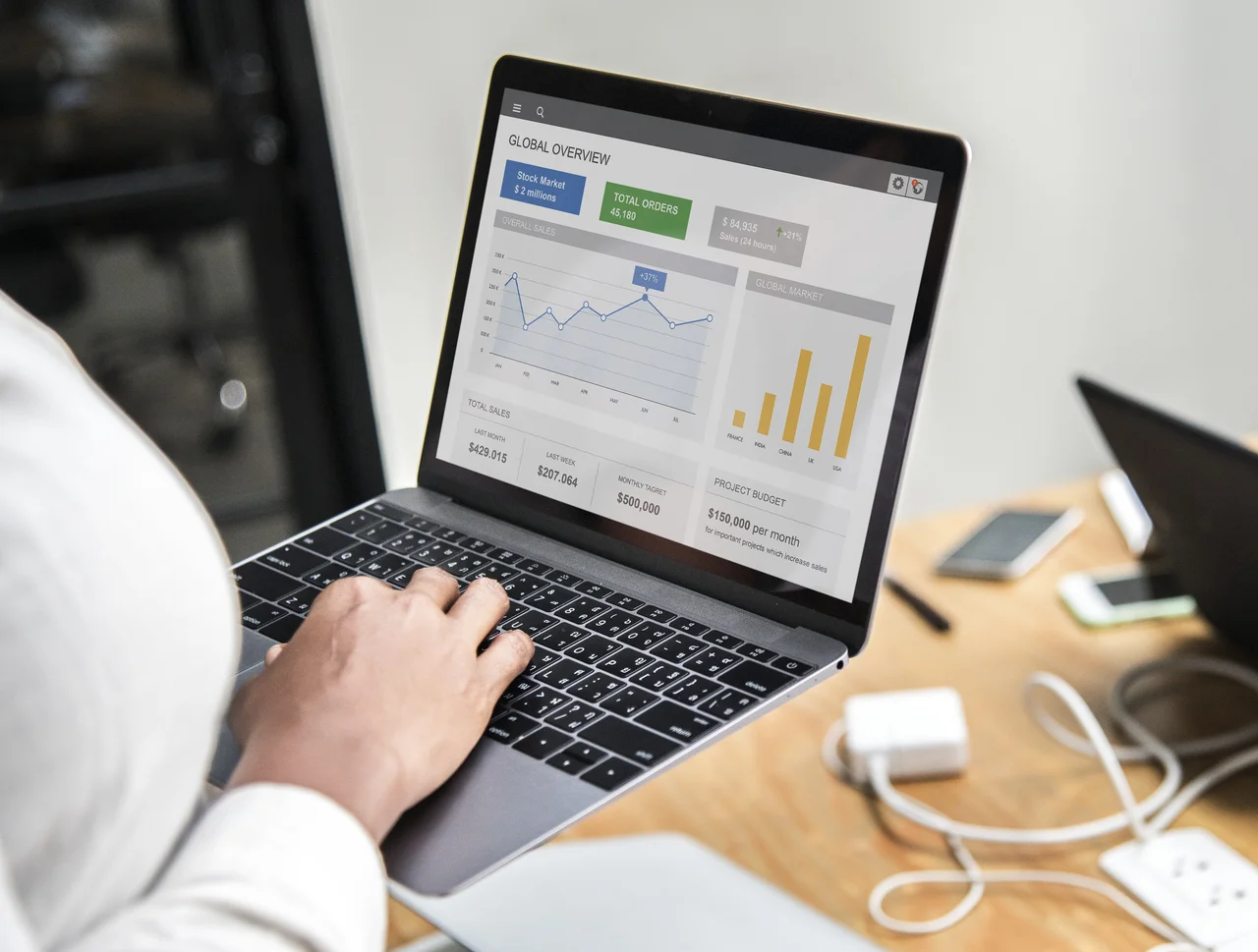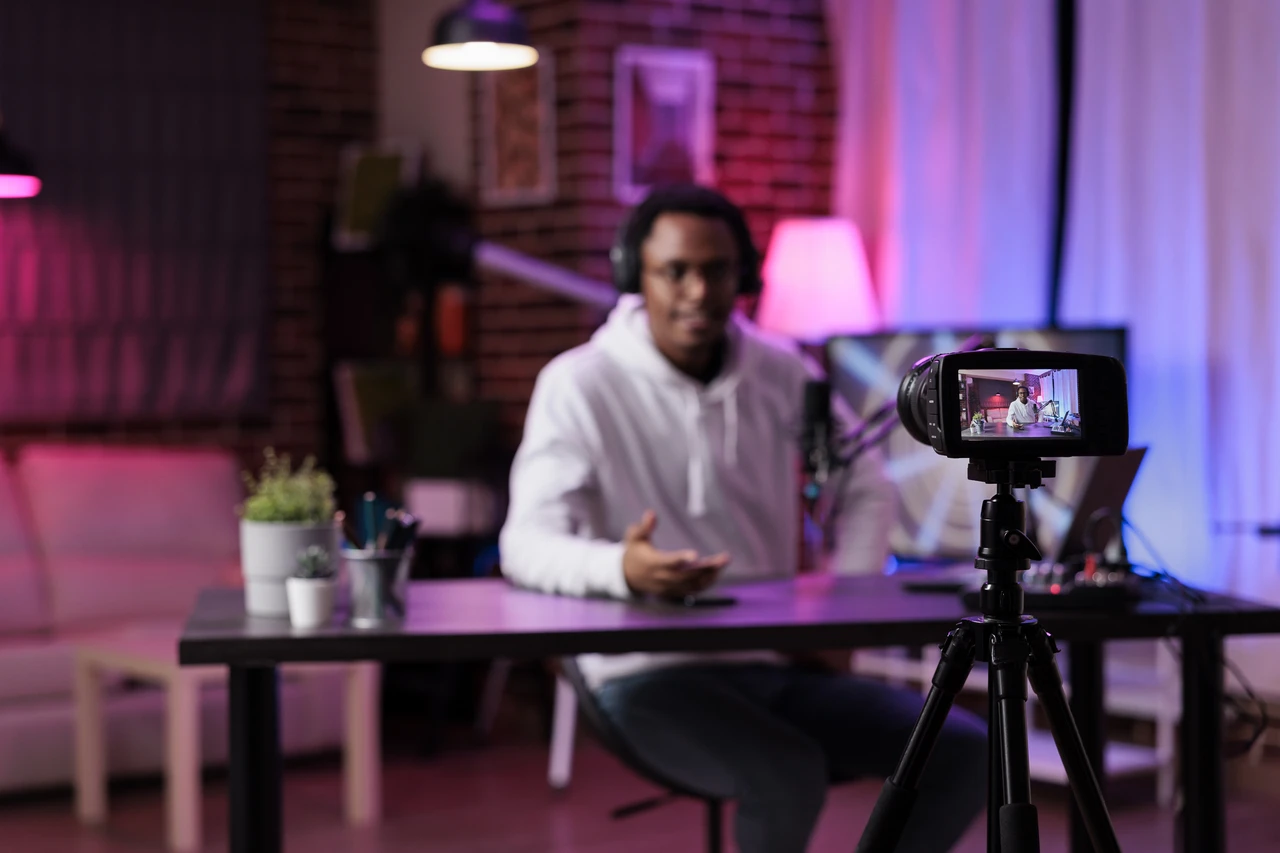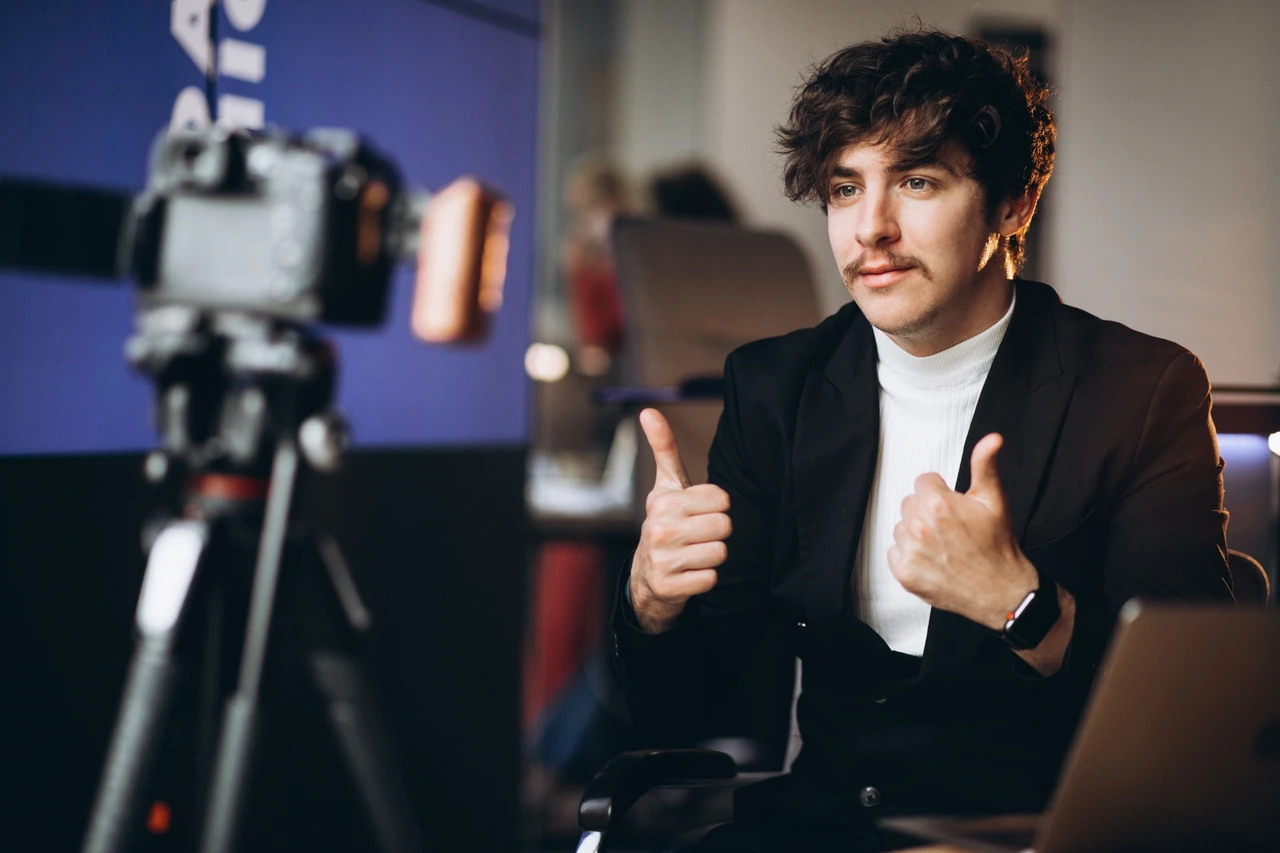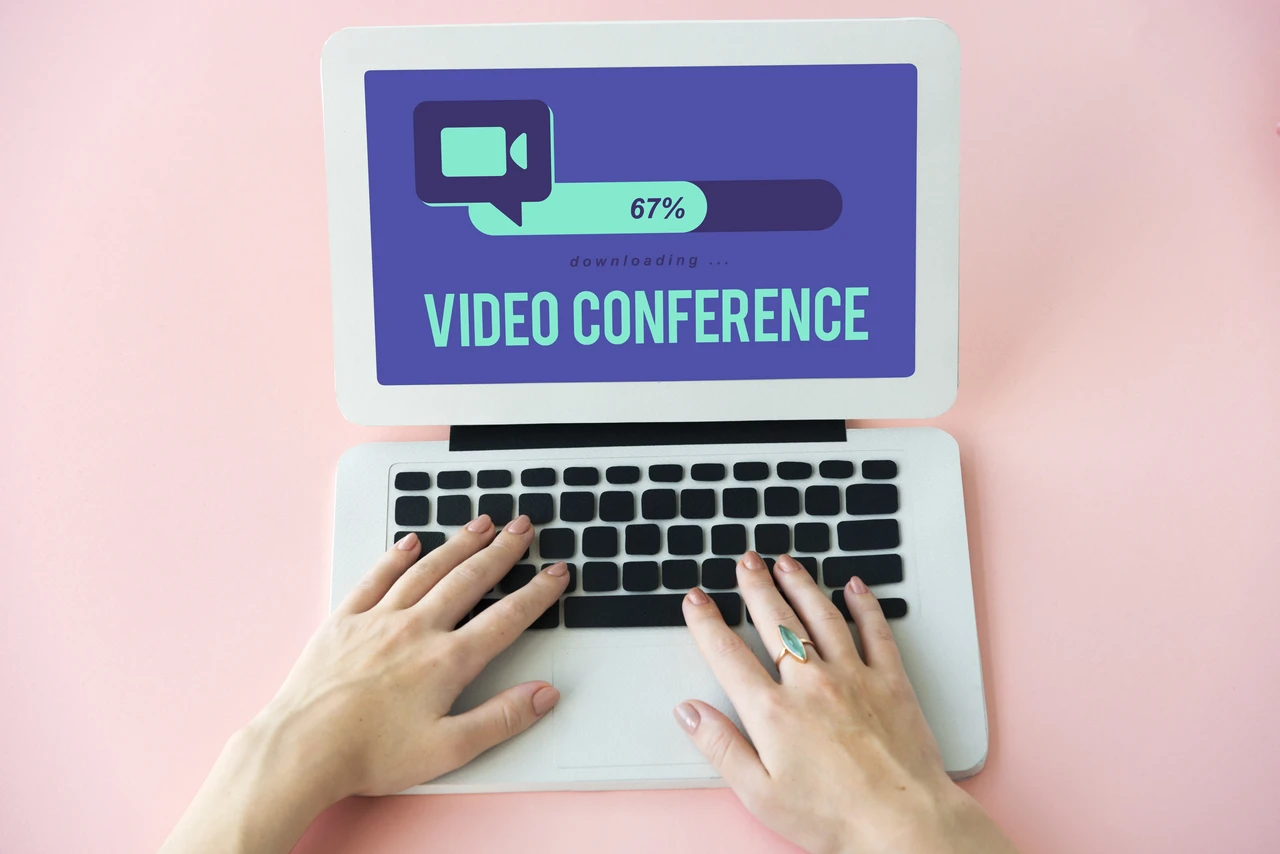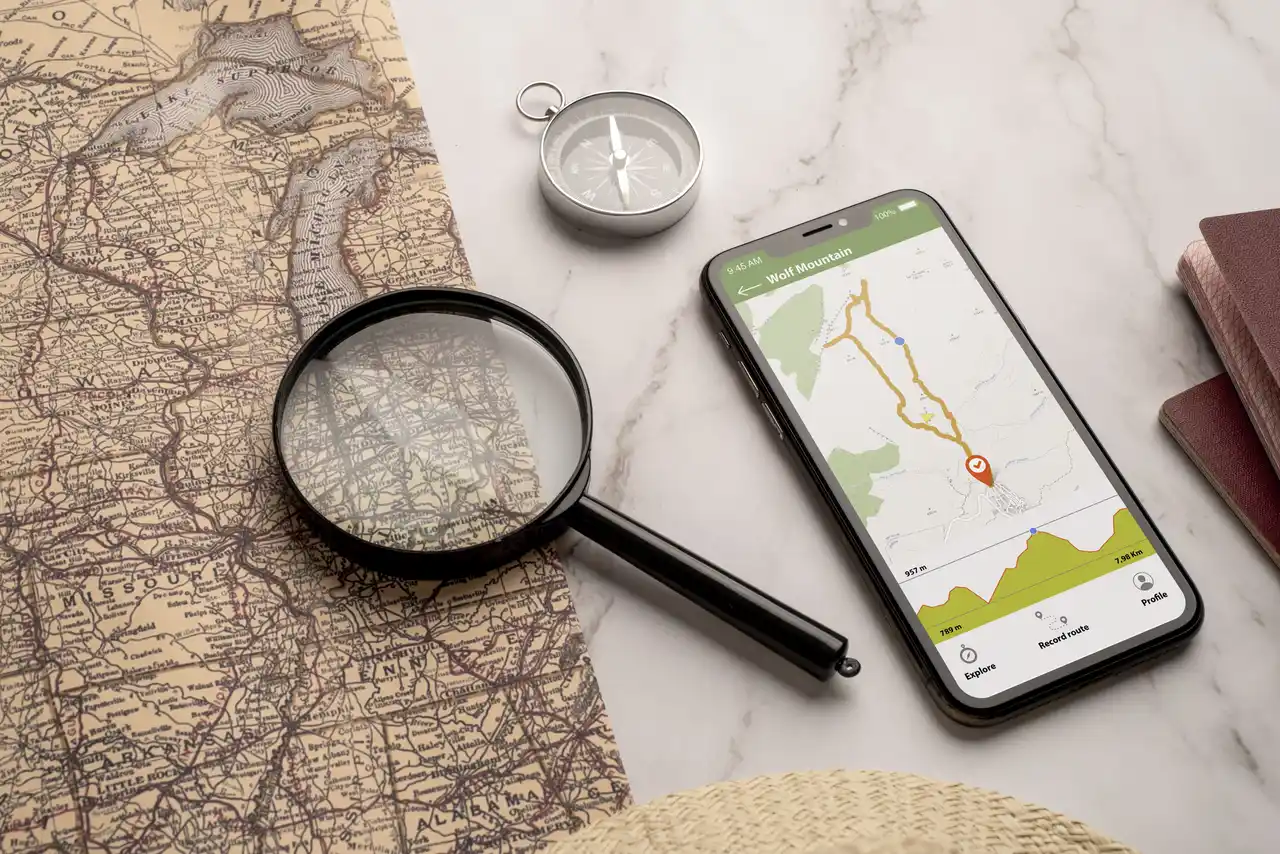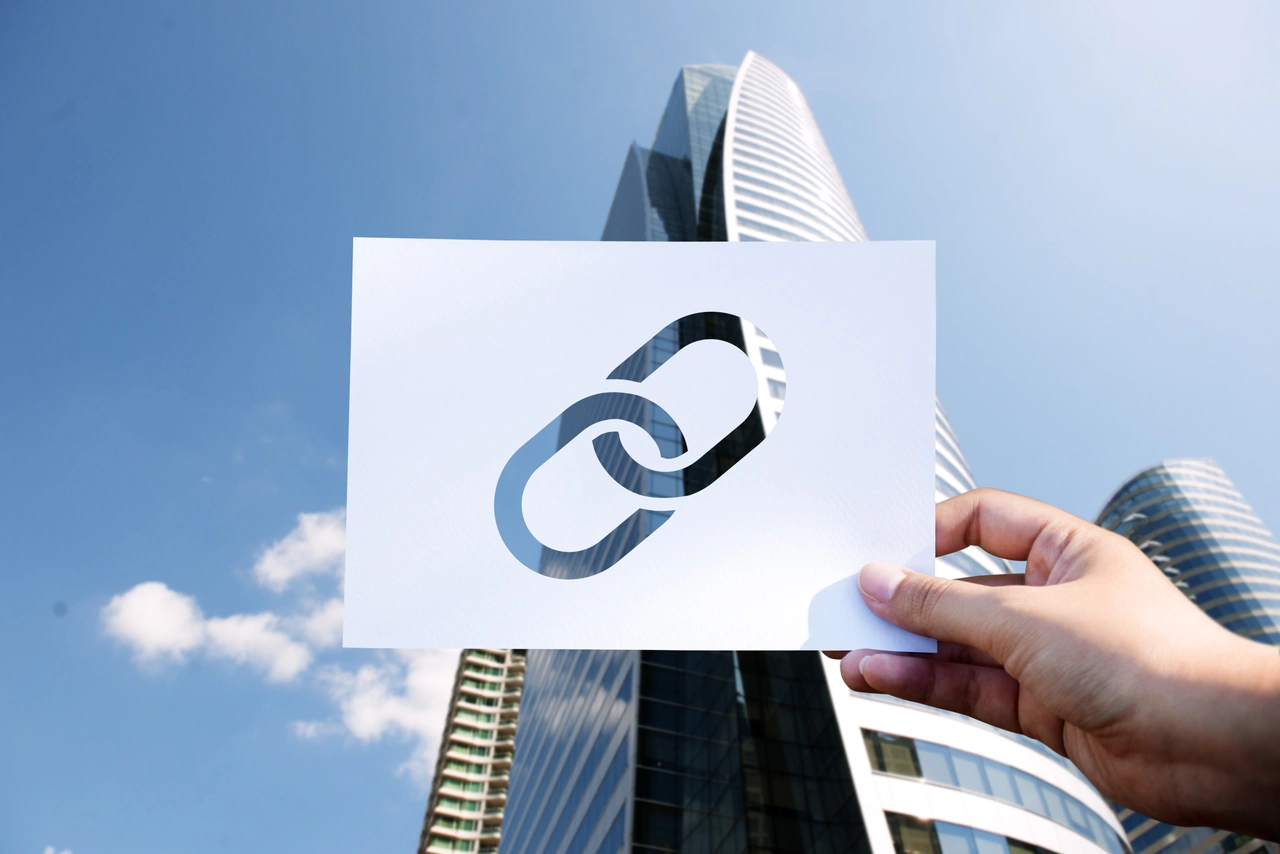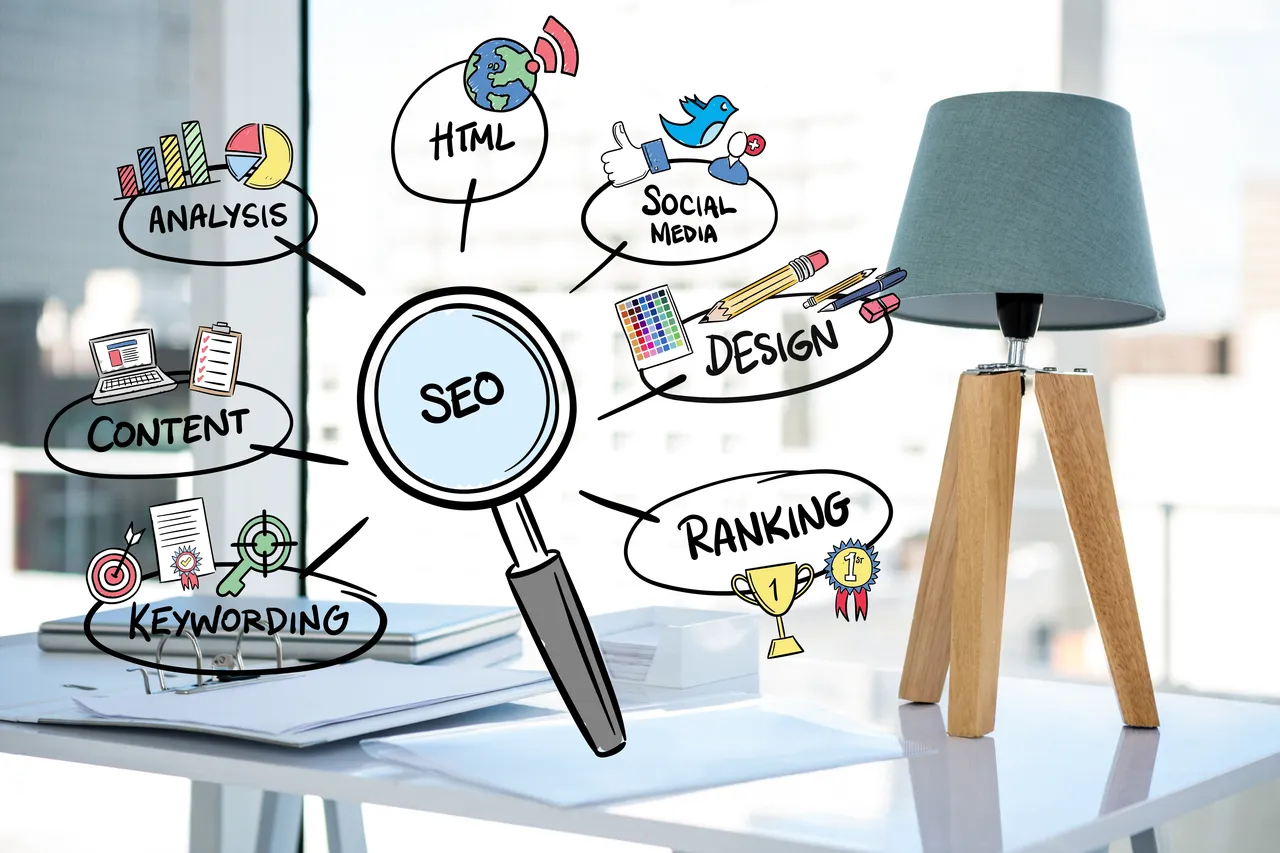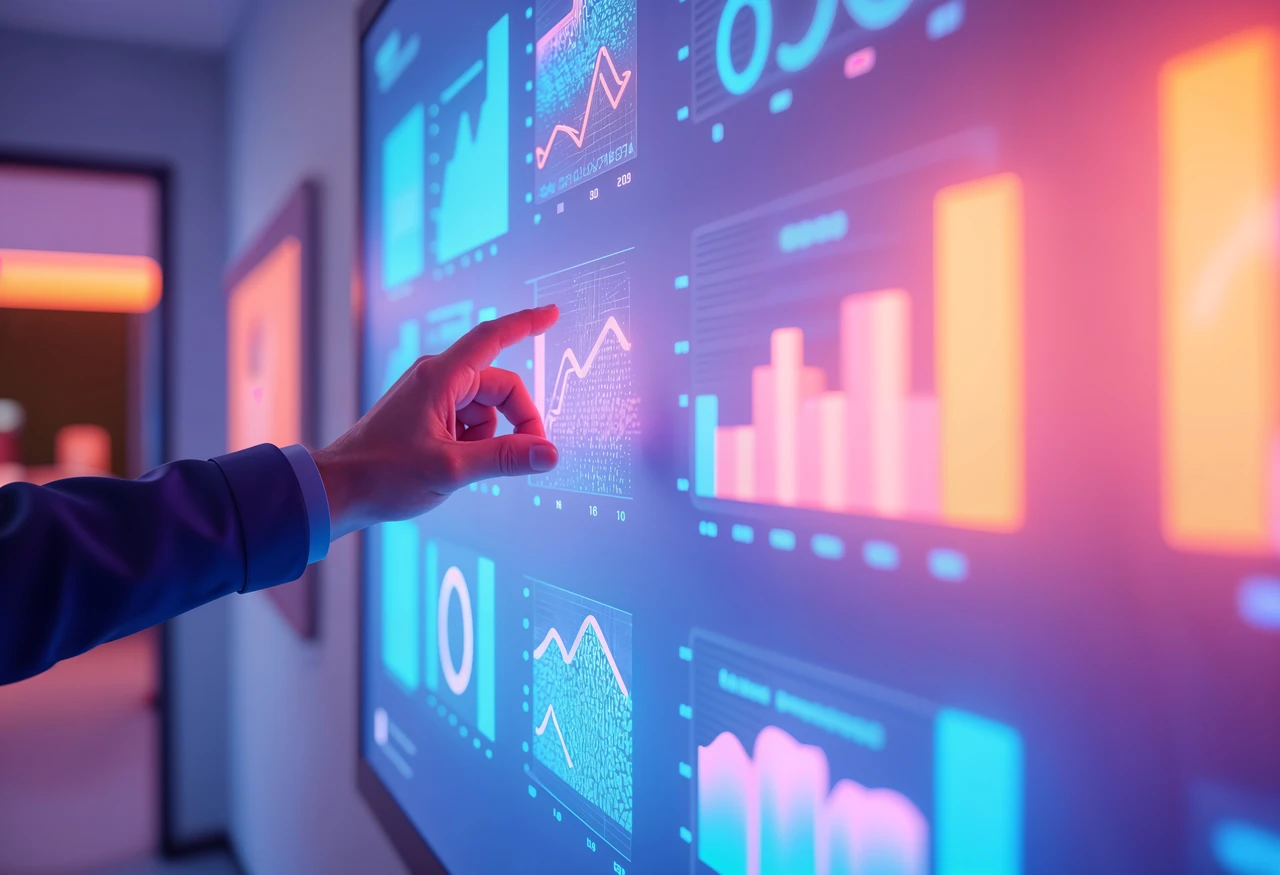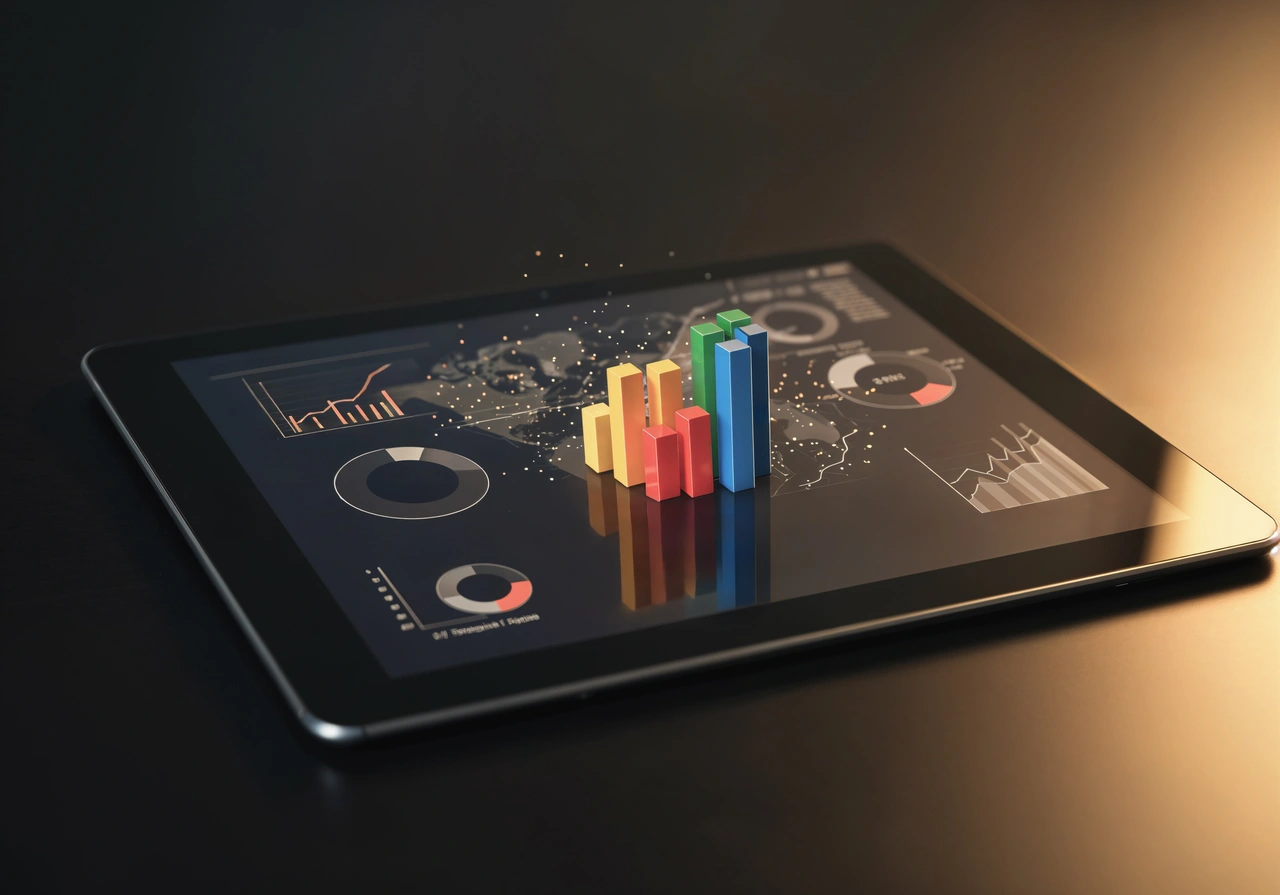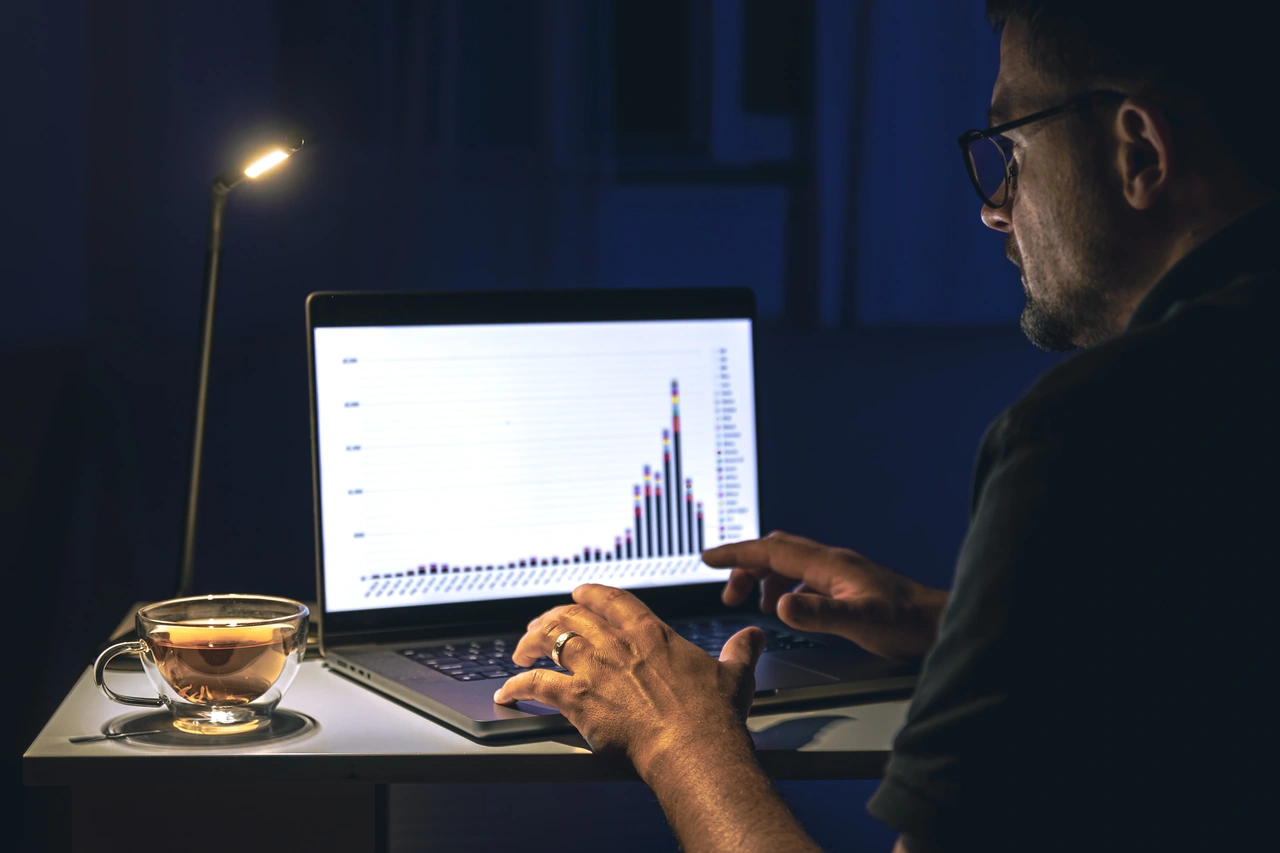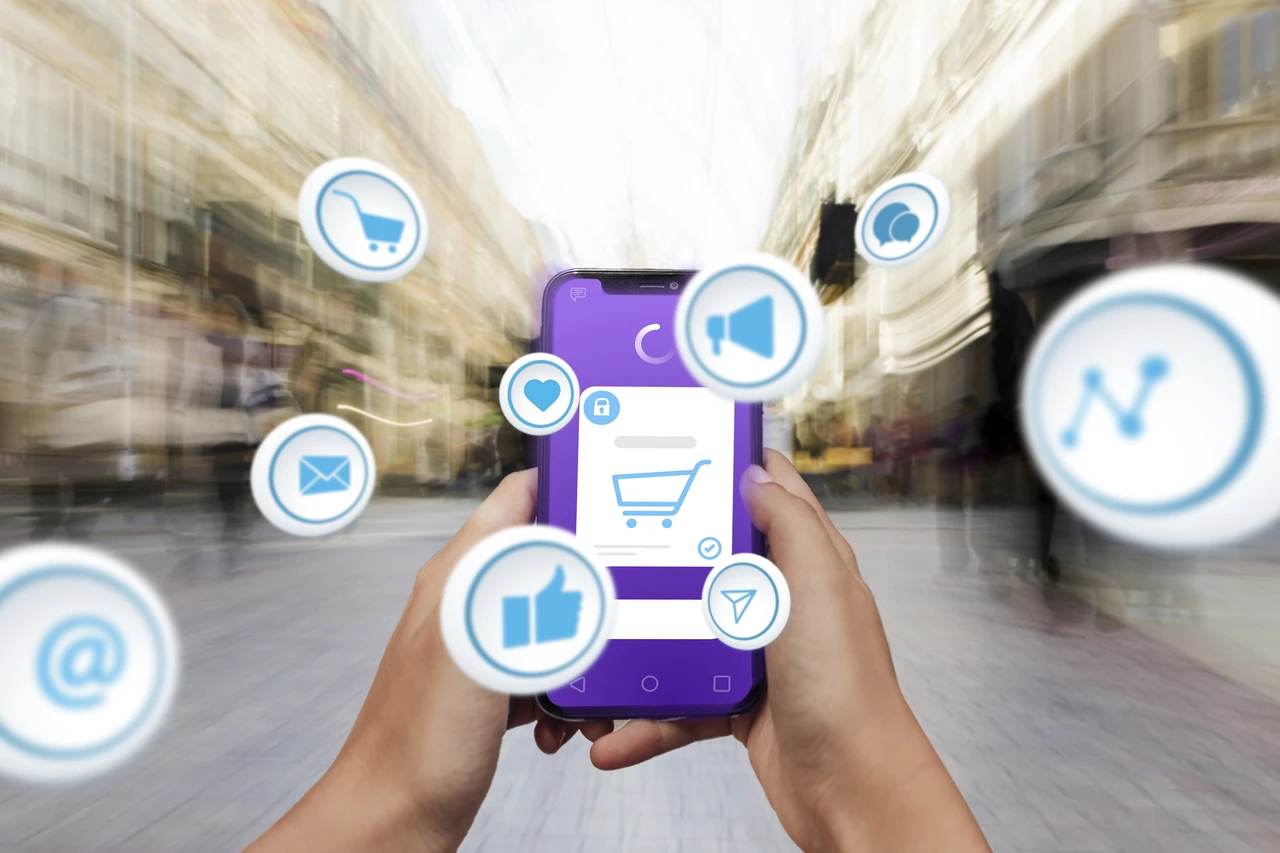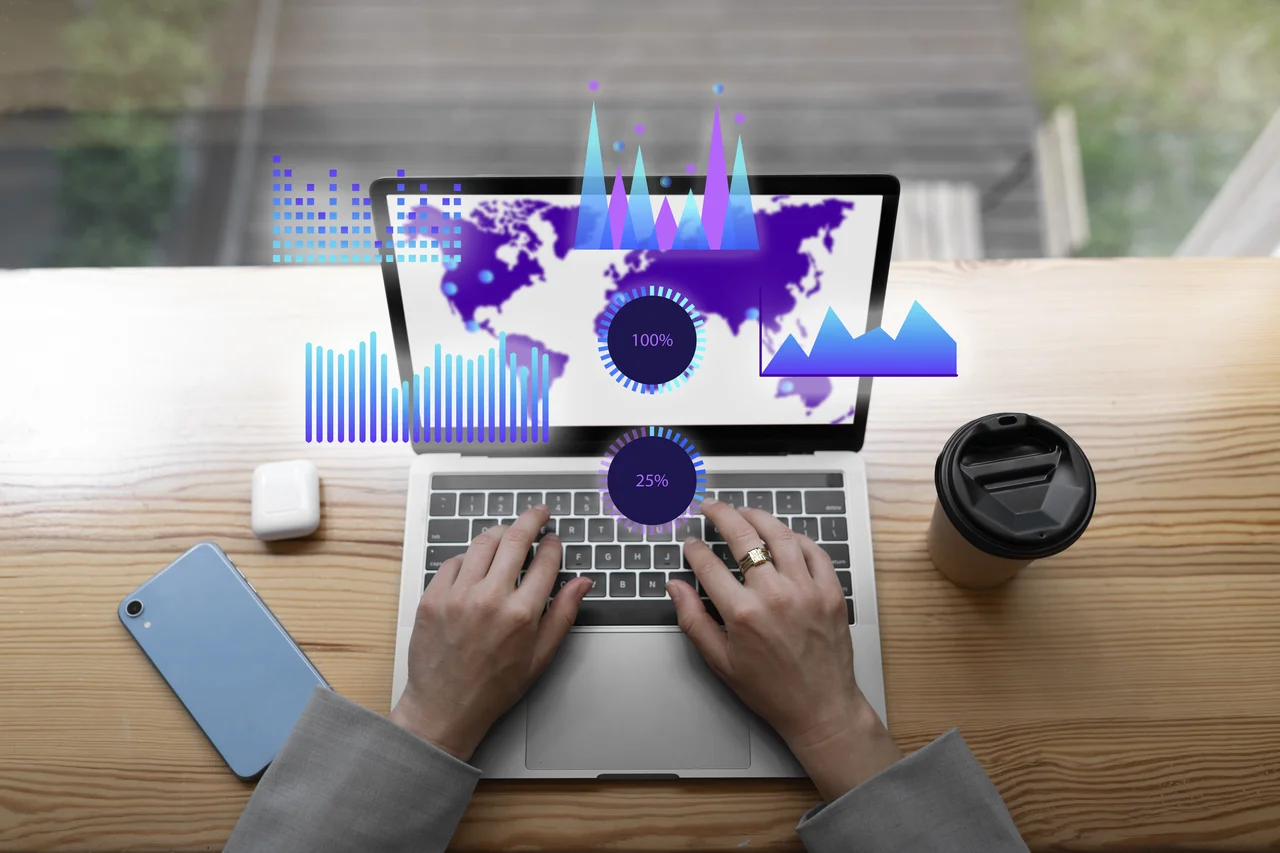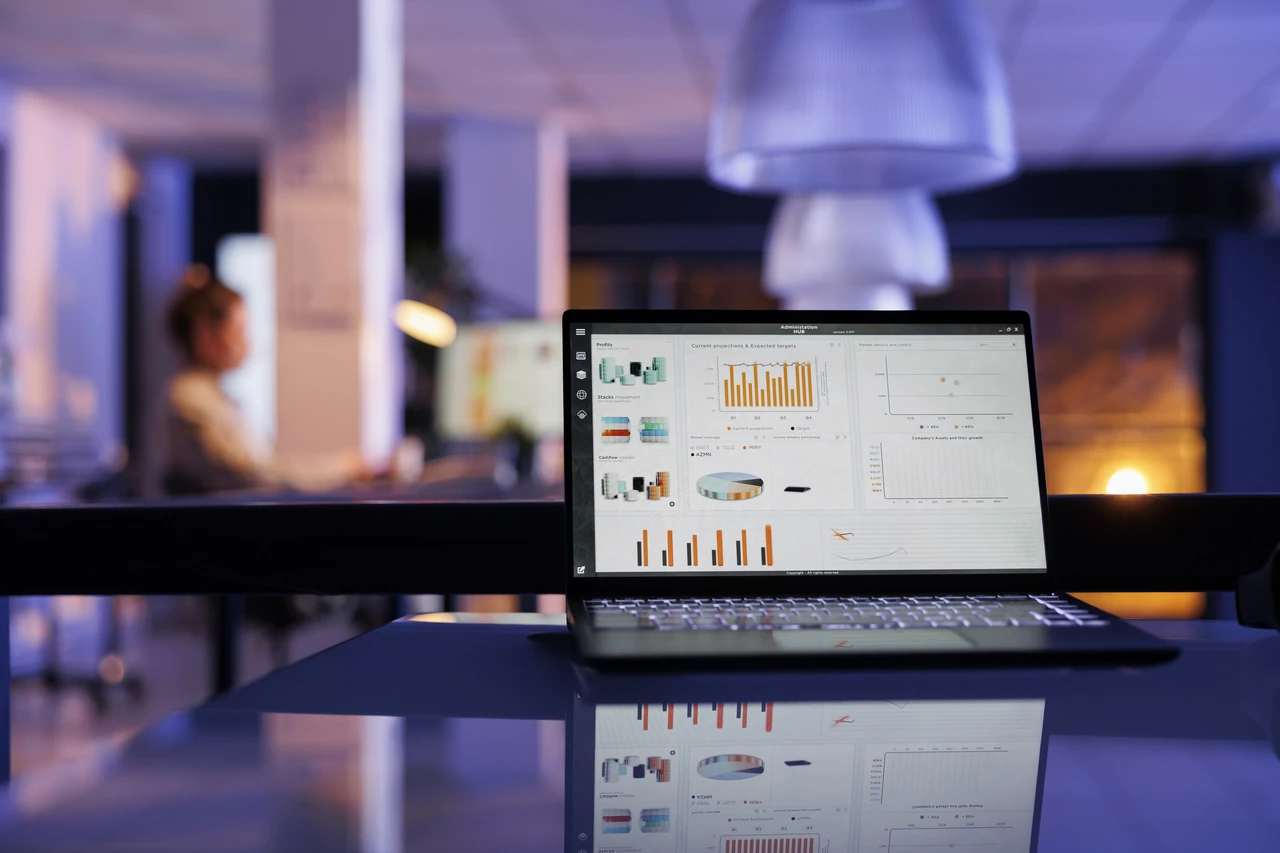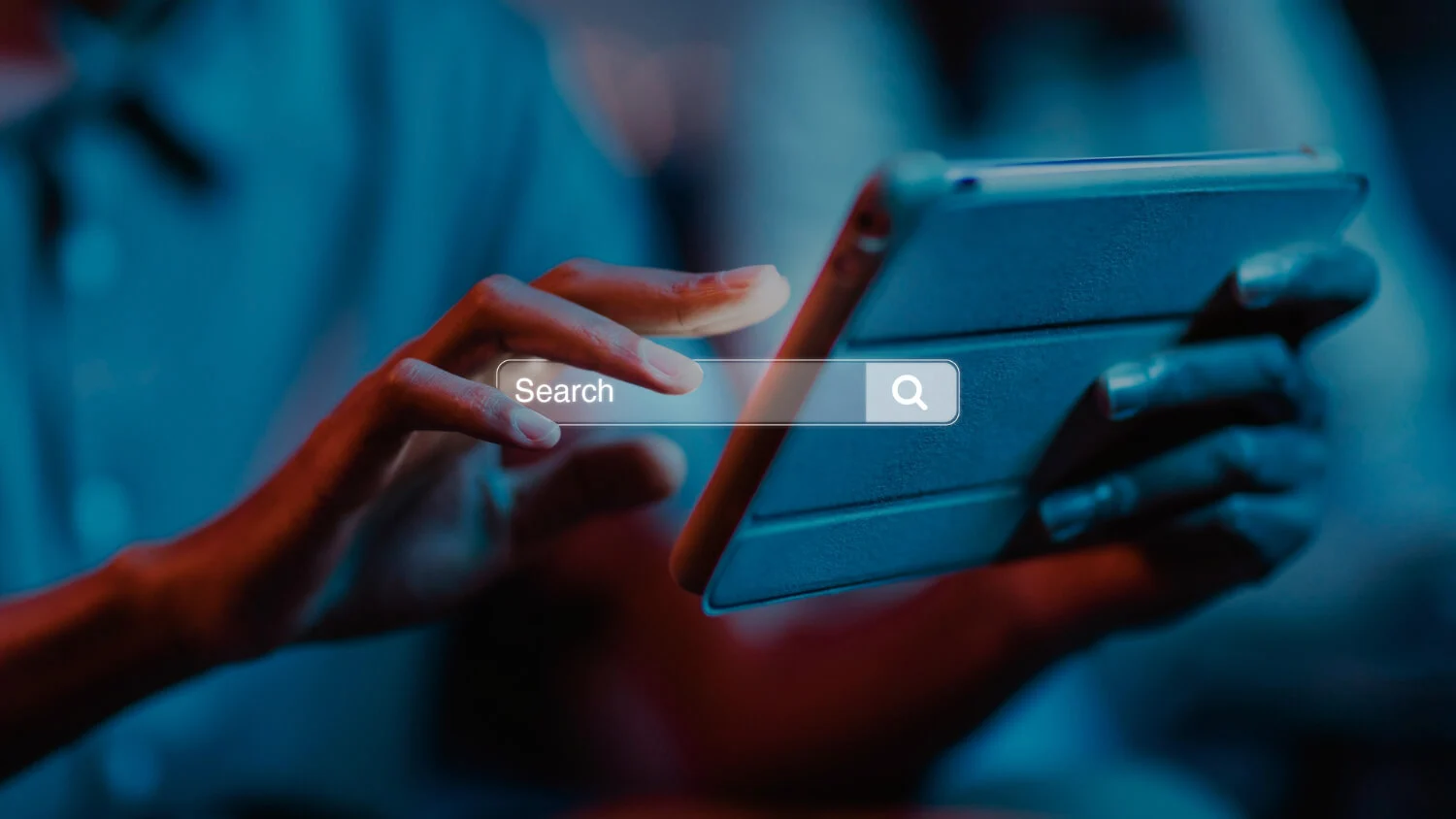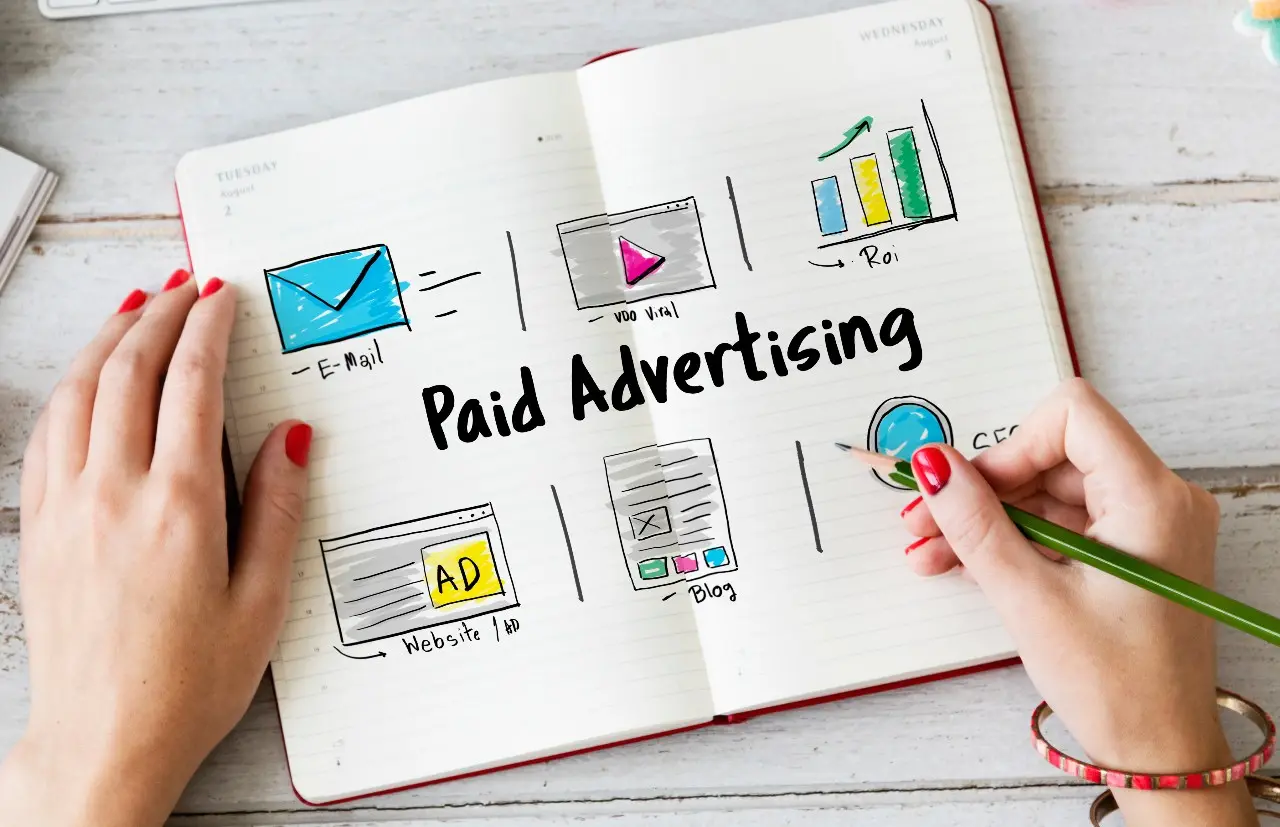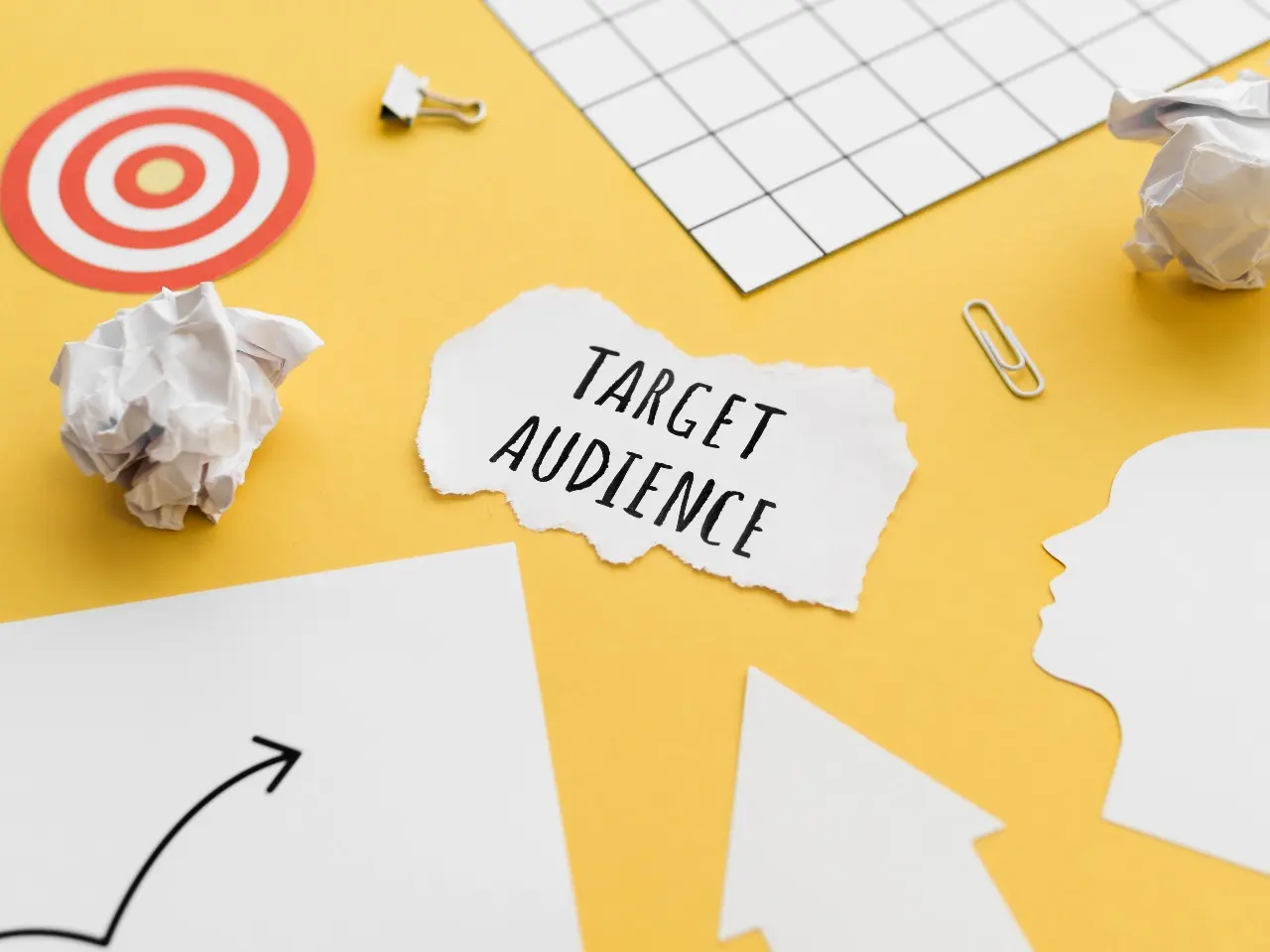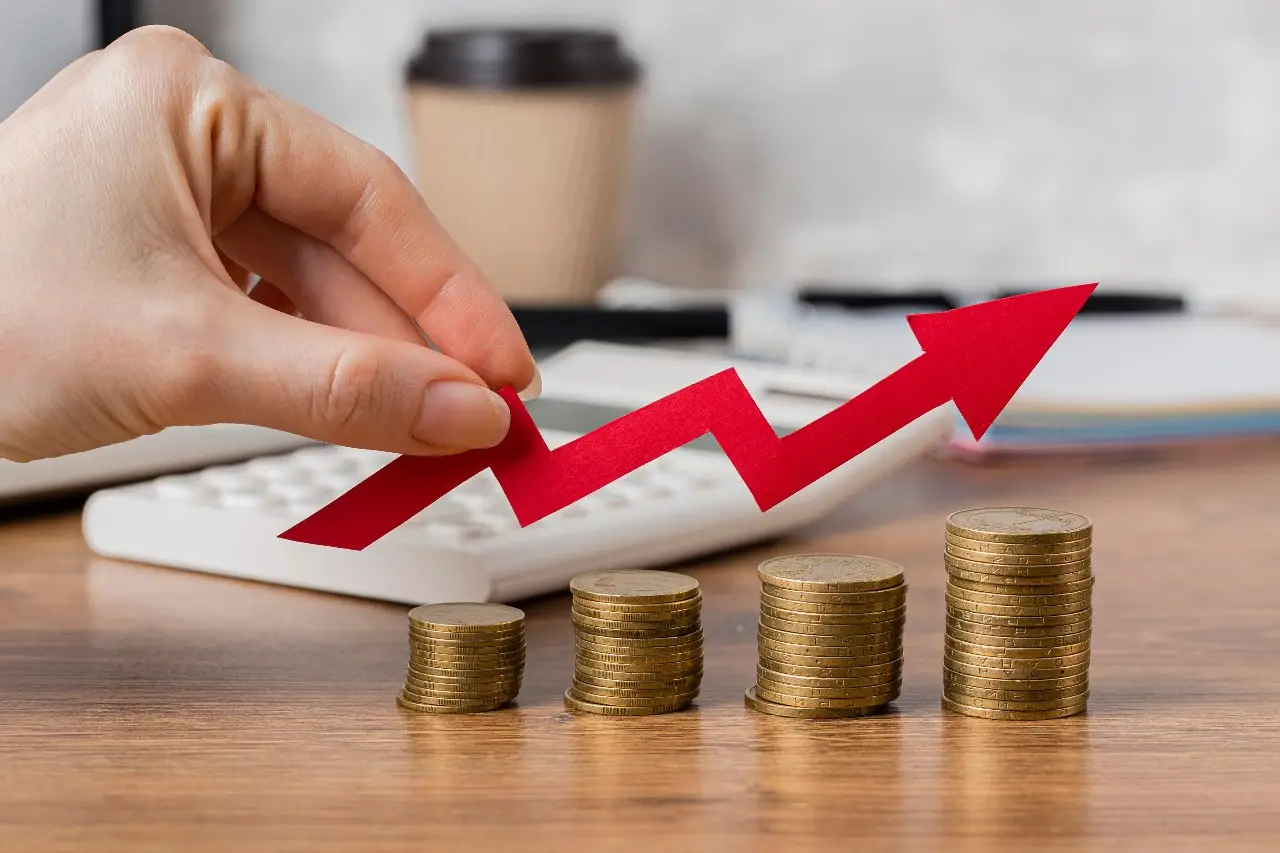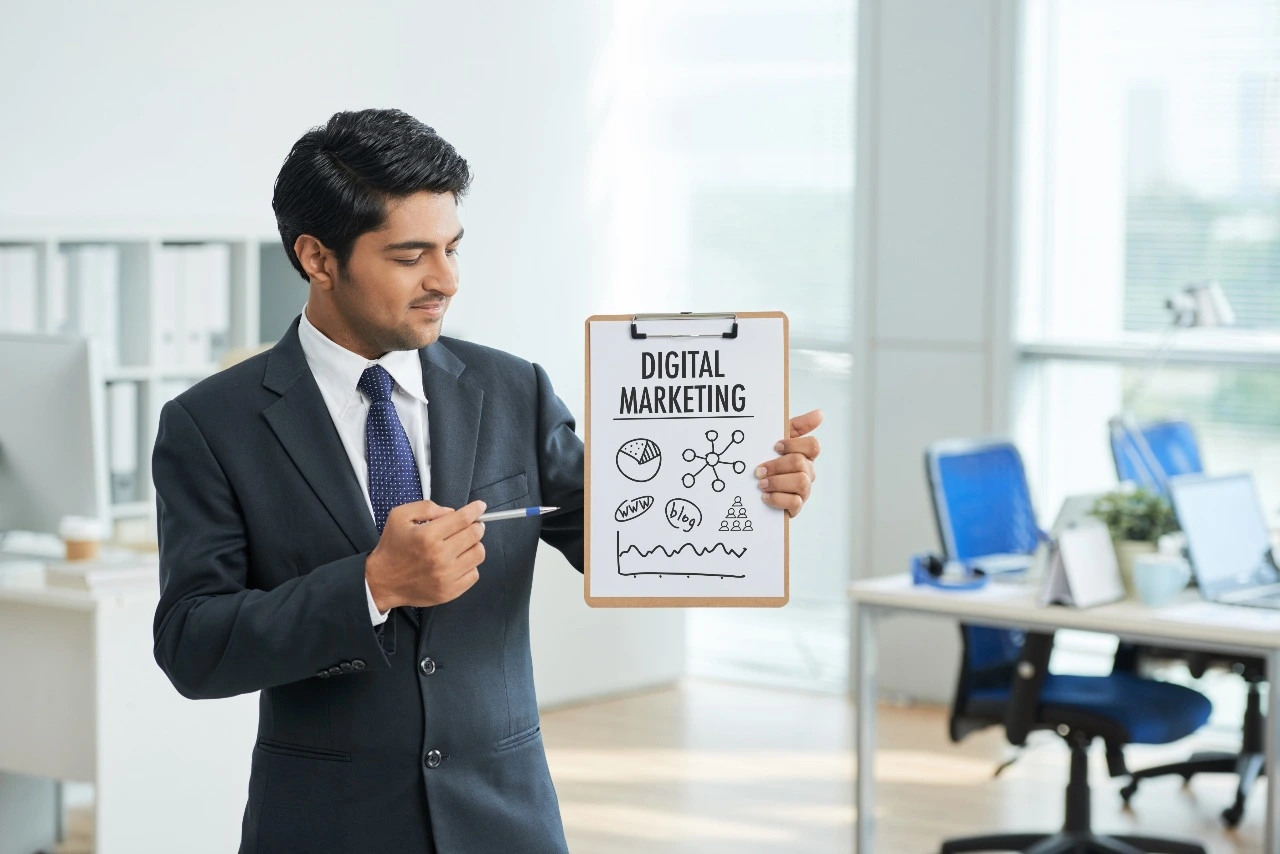Listen to article
“Is your marketing budget delivering the best bang for your buck?” In an era where every dollar counts, understanding the return on investment (ROI) of your marketing channels is more critical than ever. When it comes to digital marketing, two titans often vie for dominance: search and social media. But which one truly drives better results?
While both search engine marketing and social media marketing offer unique advantages, knowing their strengths and weaknesses is essential for maximizing your marketing ROI. From AI-powered efficiency in search engine advertising to the nuances of ad format preferences across platforms, the digital landscape is complex and ever-evolving.
In this article, we’ll dissect the “search vs social ROI” debate, comparing the effectiveness of paid advertising, SEO, and organic search. We’ll also explore key statistics and trends to help you make informed decisions about where to allocate your marketing budget for the best possible return.
How AI is Redefining Search Engine Advertising Success
Artificial intelligence is not just improving search engine advertising—it’s revolutionizing it. By automating time-consuming tasks and providing data-driven insights, AI empowers advertisers to craft smarter, more impactful campaigns. From optimizing bids to creating hyper-relevant ad content, AI has quickly become an indispensable force in the digital marketing world.
- Google Ads leverages AI to streamline campaign management by refining bids, generating dynamic ad copy, and targeting audiences with precision. Through tools like Performance Max campaigns, marketers can tap into keywordless AI to uncover high-converting queries and scale creative assets effectively. Source
- Microsoft harnesses generative AI innovations with features such as Conversational Ads, Ads for Chat API, and Copilot, enabling brands to engage users in more interactive, conversational ways. Source
AI-driven technologies are helping marketers achieve unprecedented levels of personalization, efficiency, and performance in their campaigns. By automating repetitive tasks like bid adjustments and ad creation, teams can invest more time in strategic planning and creative execution—elements that ultimately define a campaign’s success.
Pro Tip: Think Beyond Automation
While automation is a key advantage of AI, its true potential lies in its ability to unlock deeper audience insights. Use AI tools not only to save time but to better understand customer behavior, improve targeting, and experiment with ad formats you may not have considered before. Solutions like these are critical for staying ahead in a competitive search landscape.
Navigating the Zero-Click Search Era: How AI Impacts Organic Traffic and Content Strategy
Artificial intelligence is redefining how users interact with search engines, and this shift is reshaping the landscape of digital marketing. With the rise of zero-click searches—where users find answers directly on the search engine results page (SERP)—many businesses are experiencing a decline in organic traffic. This new search behavior, driven by AI-powered features like Google’s AI Overviews, challenges traditional SEO strategies and forces marketers to rethink how they deliver value in search results. The question is no longer just about ranking high—it’s about owning the space where users get their answers.
- Fewer than 60% of searches result in a click on Google. Source
- Google’s AI Overviews, which were initially visible for 84% of queries during the beta phase, now appear in only 7% of searches since their full rollout in May 2024. Source
- Content sites, particularly those offering informational blogs, are losing traffic as Google’s Helpful Content Update and AI Overviews provide answers directly in SERPs. Source
These shifts confirm a broader trend: users are becoming less reliant on website clicks to get information, which presents both challenges and opportunities for businesses.
Key Takeaway: Focus on SERP Visibility and Unique Value
The dominance of zero-click searches means your content strategy must prioritize visibility directly within the SERPs. To remain competitive, aim to create content that not only ranks but also stands out—whether through featured snippets, visuals, or data-driven insights that AI cannot replicate. Additionally, diversify your traffic sources by investing in social, email, and community-building efforts to reduce reliance on organic clicks.
Optimize your content for “position zero” by targeting long-tail keywords and question-based searches. Use structured data and FAQ schema to increase your chances of being featured in snippets. Most importantly, offer truly unique value that differentiates your brand from AI-generated summaries.
Unpacking ROI Across Paid Ads, SEO, and Organic Search
Deciding where to invest your marketing dollars requires more than gut instinct—it’s about understanding which strategies truly move the needle. Whether you’re looking at the immediate visibility of paid ads or the long-term compounding benefits of SEO, every channel offers a unique opportunity to drive leads and sales. But how do they compare when it comes to ROI? Let’s take a look at the numbers to uncover insights that can help you refine your marketing mix.
- Both Facebook and Google Ads are paid advertising channels that offer the highest returns on investment. Source
- Digital advertising can significantly boost brand awareness, with studies showing an increase of up to 80%. Source
- Approximately 65% of searches with strong purchase intent result in a click on an ad, showcasing paid search’s ability to capture ready-to-convert leads. Source
- Nearly 47.33% of consumers are more likely to click on paid search ads if the ad copy directly addresses their search query, underlining the critical role relevance plays in PPC success. Source
- Businesses can earn an impressive $22 for every dollar spent on SEO, confirming its cost-efficiency and scalability. Source
- 70% of B2B marketers say SEO is more effective at driving sales than PPC. Source
- 57% of B2B marketers report that SEO generates more leads than any other marketing initiative. Source
- SEO contributes 14.6% of all leads for B2B businesses, making it a cornerstone of an effective lead generation strategy. Source
- B2B SaaS companies see a staggering 702% ROI from SEO, often breaking even within just 7 months. Source
- The real estate sector profits from a phenomenal 1,389% ROI with SEO, reaching profitability in roughly 13 months. Source
- E-commerce brands achieve a 317% ROI through SEO, typically breaking even within 16 months. Source
Takeaway: Align Your ROI Strategy With Your Business Goals
The data paints a vivid picture: while paid search delivers immediate results and excels at capturing high-intent leads, SEO offers unparalleled long-term growth with compounding ROI over time. For industries like B2B, real estate, and SaaS, SEO is a powerhouse for sales and lead generation, often outperforming PPC in cost-efficiency and scale. However, the success of any strategy hinges on execution. Paid ads thrive on precision targeting and highly relevant ad copy, while SEO demands a commitment to ongoing optimization, high-quality content creation, and authoritative backlink-building.
Pro Tip
To maximize results, consider adopting a hybrid approach. Use paid advertising for short-term wins and quick visibility while investing in SEO as a long-term strategy for sustainable growth. This balanced methodology ensures your business remains competitive in both the short and long run.
Platform-Specific Ad Formats That Drive ROI
The effectiveness of different ad formats is deeply tied to platform-specific user behavior. Whether it’s a Google search or engaging with content on Instagram, audiences have clear preferences that can make or break your campaign’s ROI. For marketers, aligning ad strategies with these preferences isn’t just a good practice—it’s a competitive necessity. By leveraging data-driven insights, you can create platform-tailored campaigns that resonate with your audience and drive meaningful results.
- Text-based paid search ads dominate clicks, accounting for 49% of clicks compared to 31% for video ads and 16% for shopping/product listing ads. Source
- Video ads are top-performing formats on social, with 32% of advertisers identifying them as the most effective, followed by image ads (26%), Instagram Stories (23%), and carousel ads (19%). Source
- Platform-specific user preferences vary, with 36% of YouTube users favoring video ads, 50% of Amazon users preferring product listing ads, and 55% of Google users gravitating toward text ads. Source
- Product ads excel on social platforms, effectively capturing high-intent users and delivering strong ROI—a trend expected to sustain momentum through 2025. Source
Key Takeaways: Strategies for Optimizing ROI by Platform
The secret to maximizing your ROI lies in understanding where—and how—your audience interacts with ads. For search engines like Google, text-based ads remain the preferred format, offering simplicity and relevance for intent-driven users. Meanwhile, YouTube thrives on the visual storytelling power of video, and Amazon dominates conversion-focused product ads for ready-to-buy audiences. On social media, captivating video content alongside well-placed product ads can effectively target users at different stages of the funnel.
Use A/B testing to refine your ad formats across platforms. Experiment with different lengths, visuals, and CTAs to determine what resonates most with each audience segment. Tools like Google Ads, Facebook Ads Manager, and YouTube Analytics can provide actionable insights to help optimize ad performance and ROI.
For businesses looking to scale their efforts, combining platform-specific ad strategies with broader digital marketing strategies for small businesses can help achieve sustainable growth. From search to social, an integrated approach ensures your marketing dollars are working as hard as possible to deliver measurable results.
Exploring Brand Awareness and Budget Allocation: Search vs. Social Media
The competition for brand visibility has never been fiercer, and businesses are constantly rethinking their advertising strategies to strike the right balance between search and social media. While search ads deliver exceptional visibility and direct intent-based conversions, social platforms offer diverse creative opportunities to engage audiences at scale. To maximize ROI, marketers must take a data-driven approach to decide where their dollars are best spent.
- Search ads can boost brand awareness by as much as 80%. Source
- Pay-per-click (PPC) ads can increase brand awareness by up to 46%. Source
- Search advertising spending is projected to reach approximately $190.5 billion in the U.S. by the end of 2024. Source
- A significant 40% of B2B marketers plan to increase their spending on paid search. Source
- However, a larger 56% of B2B marketers intend to allocate more budget to social media initiatives. Source
- The average cost per click (CPC) on Facebook is $1.86, while on Google Ads, it’s $2.69. Source
- The average click-through rate (CTR) for Facebook ads across all industries is 0.90%. Source
- B2B marketers are expected to increase their investment in social media marketing significantly in 2025, with spending projected to rise by 46.2% to $9.66 billion. Source
Takeaway: Aligning Strategy with Audience Behavior
As businesses navigate the ever-changing digital landscape, evaluating where target audiences engage most—and with what level of intent—is critical. Search has long been a frontrunner for capturing audiences with high purchasing intent, making it a mainstay for businesses seeking direct ROI. At the same time, the increasing shift toward social media spending highlights its unparalleled ability to humanize brands, build trust, and foster community. For optimal results, businesses should invest in both channels strategically, leveraging search for intent-driven campaigns and social for top-of-funnel engagement and audience growth.
Pro Tip
Consider hybrid campaign strategies that integrate search and social for a seamless customer journey. For instance, use search ads to target high-intent keywords while running retargeting campaigns on social media to keep your brand top-of-mind. This dual-channel approach can amplify ROI and ensure you’re engaging audiences at every stage of the funnel.
Striking the Right Balance: PPC vs. SEO in Lead Generation Strategies
Allocating your marketing budget between pay-per-click (PPC) advertising and search engine optimization (SEO) is not just about weighing cost—it’s about understanding their distinct roles in driving both short-term and long-term growth. PPC offers a quick influx of traffic, while SEO builds a foundation for sustained visibility and credibility. But where are businesses investing most of their money, and which channel truly delivers on lead generation? Let’s dive into the key stats.
- Small to medium-sized businesses allocate seven times more of their marketing budget to PPC than SEO. Source
- Content marketing, a core aspect of SEO, is up to three times more effective at generating leads compared to traditional marketing tactics and drives results that persist over time. Source
The key takeaway? PPC is undeniably valuable for immediate visibility and quick wins, but relying solely on PPC can be costly and unsustainable in the long term. SEO, particularly through content marketing, complements this by delivering cost-effective, compounding returns over time. A successful approach involves balancing the two. Use PPC to target high-intent keywords, launch time-sensitive campaigns, or test new markets, while channeling consistent effort into SEO strategies like content creation and backlink building to secure lasting visibility and authority.
Pro Tip
To stretch your marketing dollars further, integrate SEO and PPC efforts. Use insights from PPC campaigns—like high-performing keywords or ad copy—to optimize your SEO strategy. Similarly, leverage SEO data to refine your PPC targeting. This synergy ensures better cost efficiency and maximizes your lead generation potential across both channels.
ROI and Channel Selection: Balancing Search and Social
When it comes to maximizing return on investment (ROI), different channels offer varying levels of success. Understanding the strengths of each platform allows marketers to make informed decisions about their channel selection and overall strategy. It’s about balancing search and social to achieve optimal results.
- Email marketing typically offers the highest ROI, followed by SEO, mobile marketing, and content marketing. Source
- Search engine marketing (SEM) should be a primary focus when developing your marketing strategy, particularly for initial interactions.
- Actively promoting positive reviews through paid search ads can significantly enhance your online reputation and boost ROI.
- Social media is a powerful channel for targeting Gen Z and millennial consumers, offering a different kind of ROI related to brand loyalty and engagement.
- 96% of B2B marketers consider SEO to be either “very effective” or “somewhat effective”. Source
While email may lead in direct ROI, search and social each play vital roles. Focusing on SEM for initial engagement and utilizing social for specific demographics like Gen Z and millennials can create a well-rounded strategy. The high regard for SEO among B2B marketers underscores its importance in driving leads and achieving marketing goals with a strong ROI. Pro Tip: Don’t underestimate the power of online reputation; use paid search to highlight positive reviews and build trust, thus improving overall ROI.
Conclusion
In the evolving digital marketing landscape, the debate of “search vs. social ROI” underscores how crucial it is to craft a balanced strategy that maximizes returns across channels. Search remains a powerhouse for intent-driven conversions, with SEO delivering long-term, sustainable results and paid search offering immediate visibility. Meanwhile, social media thrives at creating brand loyalty and engaging younger demographics, with video ads and interactive formats dominating user preferences.
The key takeaway? Your approach shouldn’t be about choosing between search or social—it’s about integrating both to align with your business goals. Whether it’s leveraging the cost-effectiveness of Facebook ads, capitalizing on the high ROI of SEO, or using Google Ads to target high-intent users, a tailored mix ensures you’re making the most of your marketing budget.
Feel ready to refine your strategy and achieve measurable results? Maximize your PPC spend and bring new visitors your way with our proven PPC services and strategies. Let’s help you turn marketing dollars into real growth.
About Creating Search vs Social ROI: Which Channel Delivers More Value?
This guide was written by the Scopic Studios team and reviewed by Araksya Hakobjanyan, SEO Lead at Scopic Studios.
Scopic Studios delivers exceptional and engaging content rooted in our expertise across marketing and creative services. Our team of talented writers and digital experts excel in transforming intricate concepts into captivating narratives tailored for diverse industries. We’re passionate about crafting content that not only resonates but also drives value across all digital platforms.
Note: This blog’s images are sourced from Freepik.




